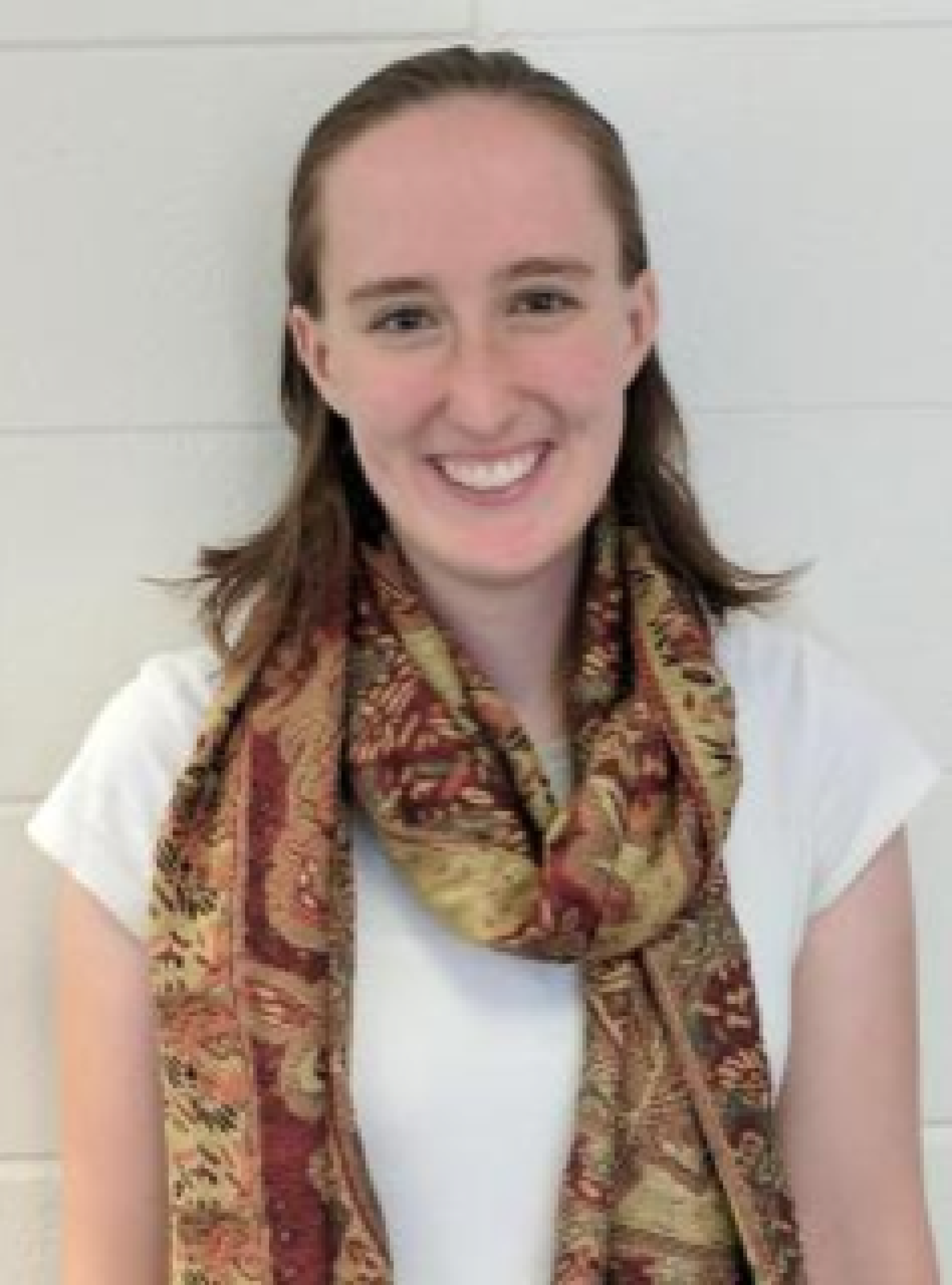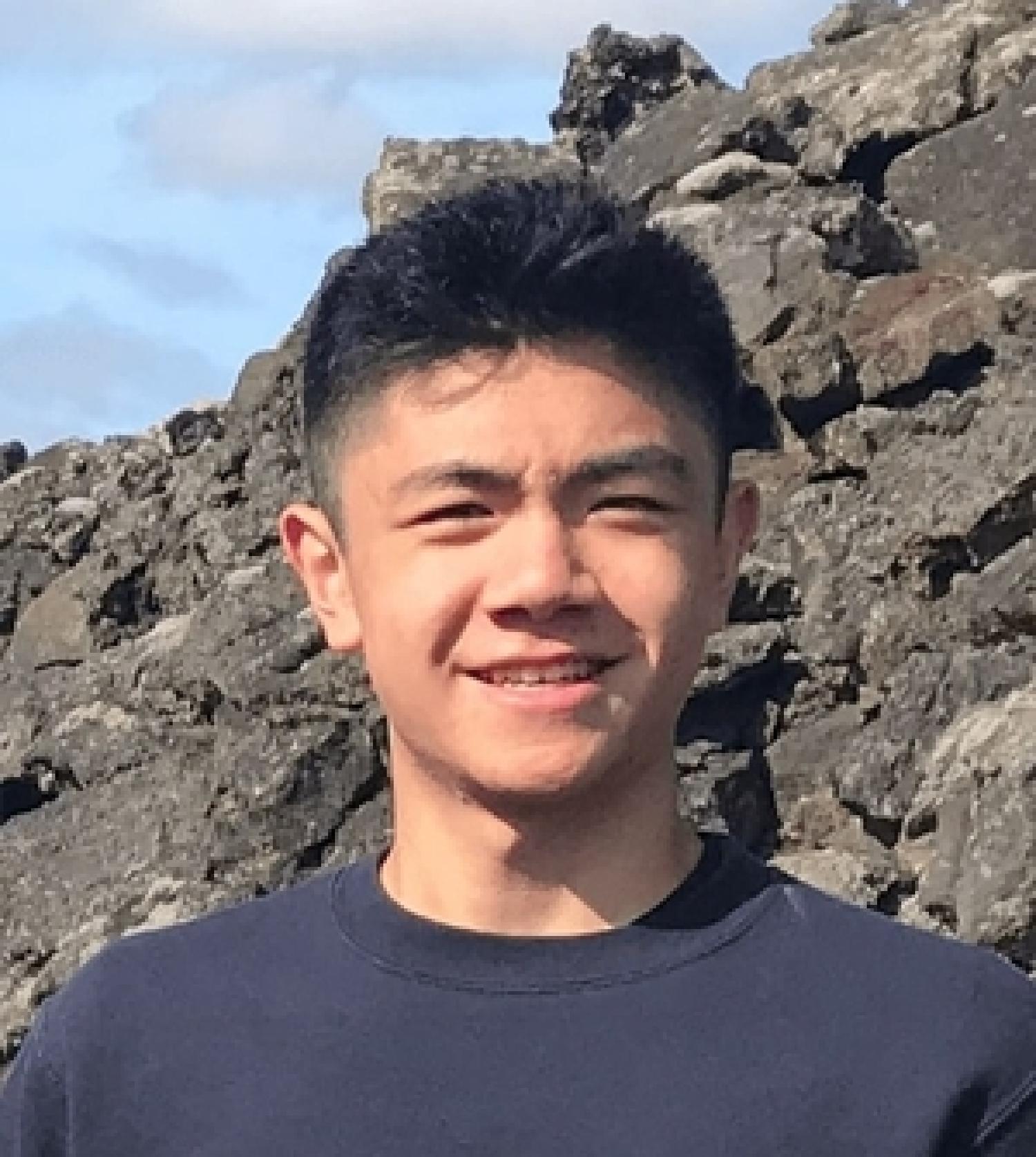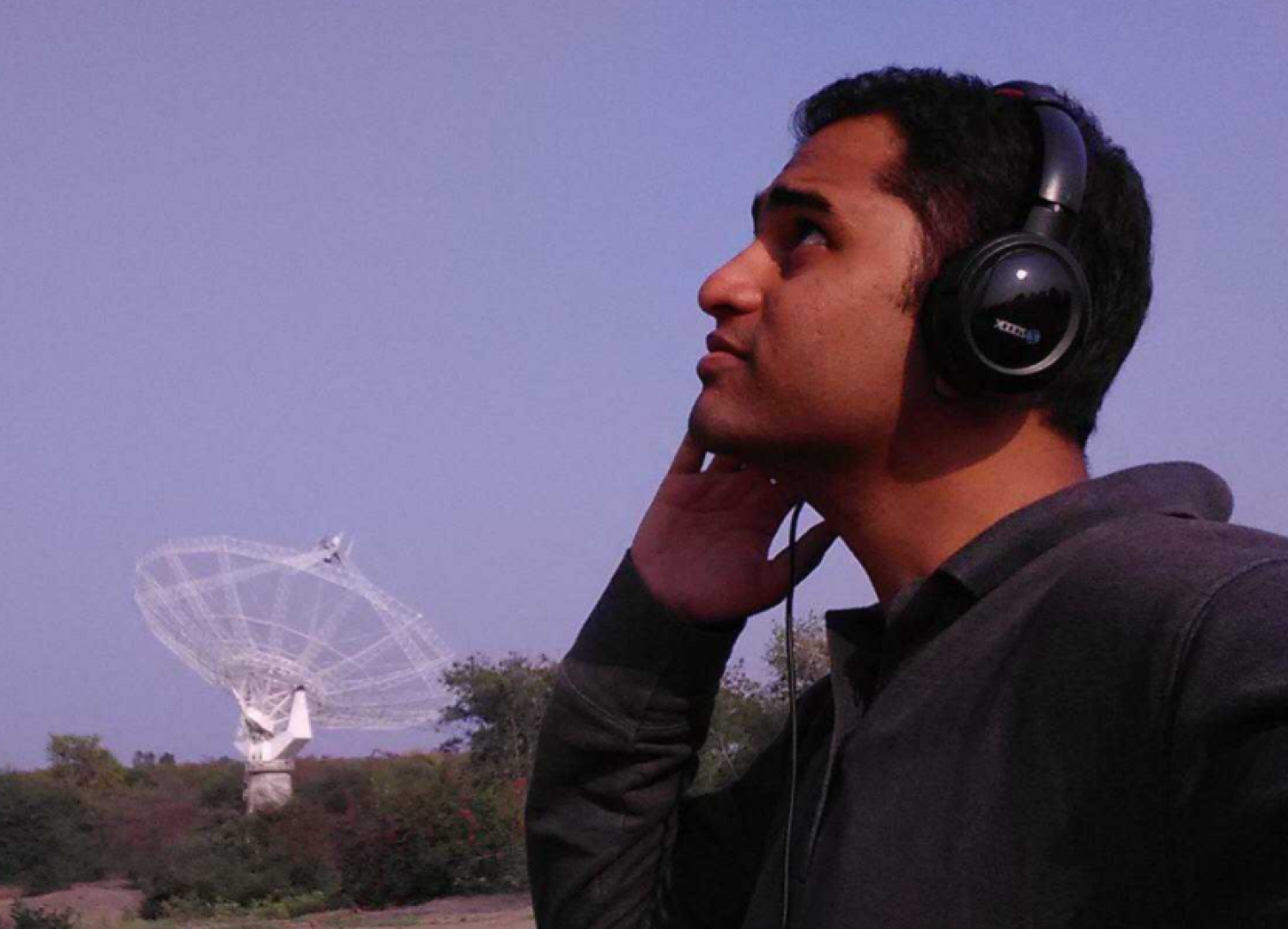Fall 2021 STEMinar Schedule
Fall 2021

Speaker: Emily Witt
Title: "INFUSE: A Rocket-Borne Spectrograph to Observe Shock Fronts in Supernova"
Department: Astrophysical and Planetary Sciences
Date: Monday, September 20, 2021
Location: On Zoom!
Recording: https://youtu.be/Adoimi5Y9Gc
Time: 5:00 pm MST
Supernova are the primary process through which material is processed in the galaxy, injecting energy and enriched material into the interstellar medium (ISM). Shock filaments in supernova remnants (SNR) mark the interaction region between the hot expanding blast wave of the supernova and the cool ambient material in the ISM. Emission from gas heated by this clash reveals how the energetic explosions of the most massive stars shape galaxies and drive the structure and chemistry of the material both inside and out. Important emission lines that trace this interaction are found in the far-ultraviolet (FUV) bandpass (912 A–2000 A) and especially in the Lyman-ultraviolet (912 A –1216 A), a notoriously difficult, yet extremely rich part of the electromagnetic spectrum that can only be accessed from space. Previous FUV studies of shock fronts in SNR have been hampered by either spatial resolution (mapping a few points of the shock fronts at low spatial resolution) or spectral resolution (mapping much of the shock front structure but missing crucial emission lines). This is due to technological limitations that have long hindered our ability to push into this essential regime. New breakthroughs in technology and innovative instrument designs developed at the University of Colorado have changed this paradigm by enabling new high-throughput instruments for mapping these beautiful structures efficiently for the first time. The INtegral Field Ultraviolet Spectroscopic Experiment (INFUSE), a sounding rocket payload under development by the Colorado Ultraviolet Spectroscopy Program (CUSP) at LASP, will be the first FUV integral field spectrograph (IFS). It will measure in one 360 s sounding rocket flight what used to take days to only partially observe. I describe what these observations mean for the study of SNR shock fronts and the design of the instrument that enables such observations. The first flight of INFUSE is projected for Spring 2023.

Speaker: Thomas Chen
Title: "Assimilating Crowdsourced Data for AI-based Geomorphological Change Analysis"
Department: (Not affiliated with CU Boulder)
Date: Monday, October 4, 2021
Location: On Zoom!
Recording: https://youtu.be/ZAeB9u5Ca_s
Time: 5:00 pm MST
As open source data becomes more ubiquitous, the involvement of citizen scientists has increased. The collection of large quantities of relevant data and respective labels through crowdsourcing on online platforms has yielded many exciting opportunities for machine learning applications. In geomorphology, multitemporal imagery, much of which is captured through crowdsourcing, is especially useful for training deep learning models for change detection in landscapes. This is relevant in terms of natural hazards that occur, including endogenous types like volcanoes and neotectonics, exogenous ones such as floods, karst collapses, sedimentation, erosion, tsunamis, and avalanches, as well as climate change or land use-induced hazards like permafrost and desertification. However, a challenge when harnessing crowdsourced imagery is the disorganized and “unclean” fashion in which it often presents itself. Cleaning data prior to training neural network-based computer vision models is key to success in any geomorphology change detection research. We discuss approaches such as manual techniques, image restoration and denoising, and image duplication reduction. The goal is to assimilate a diverse range of data collected from many sources to successfully train machine learning algorithms. In a broader sense, this research has the potential to save lives by detecting possibly destructive and dangerous geomorphological change, and to conserve environments that have been affected severely.

Speaker: Arvind Aradhya
Title: "Linking the Cat's Eye Nebula, Raining Cats, and Dogs, and Cat Memes - Welcome to the World of Spectrum Sharing"
Department: Electrical, Computer, and Energy Engineering
Date: Monday, November 29, 2021
Location: On Zoom!
Recording: https://youtu.be/eWquQ2_1uPg
Time: 5:00 pm MST
The electromagnetic spectrum has, arguably, been the richest font of scientific and even commercial technological advancement in the history of humanity - ranging from Newton to Hertz, to Einstein, and beyond. Characterized by only a handful of parameters, but possessing an infinite span, one would be forgiven to think of it as an infinite resource that keeps on giving - and yet, anyone with an ear on technological news would have heard of the term spectrum scarcity. The electromagnetic spectrum has, for practical purposes, become a finite resource - and there has been a steady growth in interference between active users (transmitters and receivers) and passive users (receivers only) - where cat memes being downloaded by someone could interfere with studies of the cat's eye nebula. Under the auspices of the NSF SWIFT program, researchers at CU are involved in the Passive-Active Spectrum Sharing (PASS) initiative, where we're developing co-operative information-sharing infrastructure for an electro space-manifold based, brokered access of the spectrum, as well as the technical innovations in spectrum sensing, cognitive radio, and source localization that are critical enablers of such a capability.

